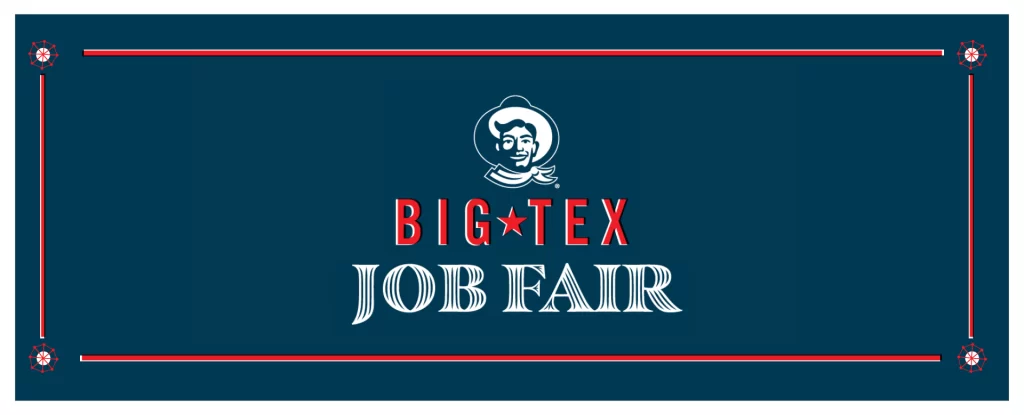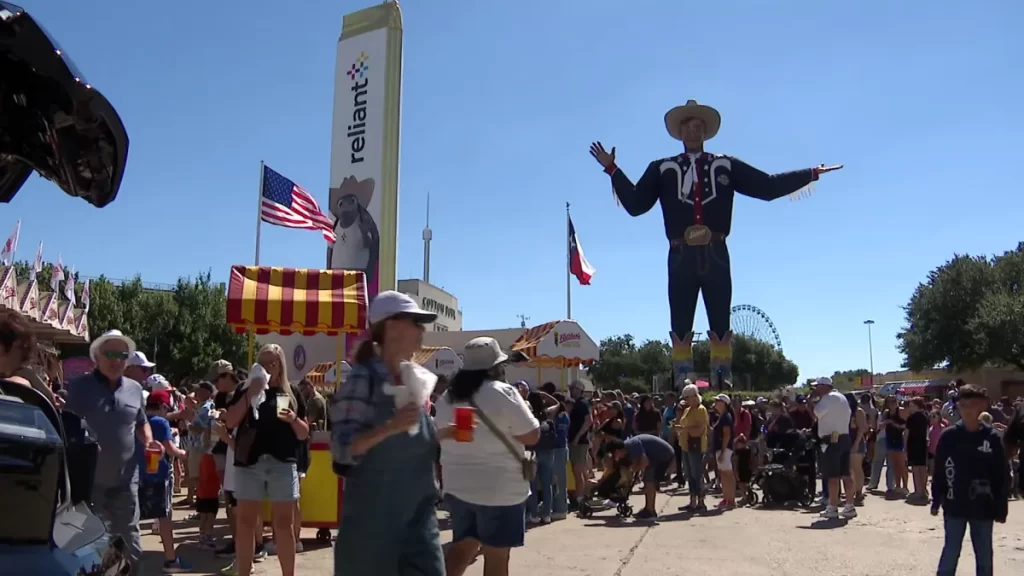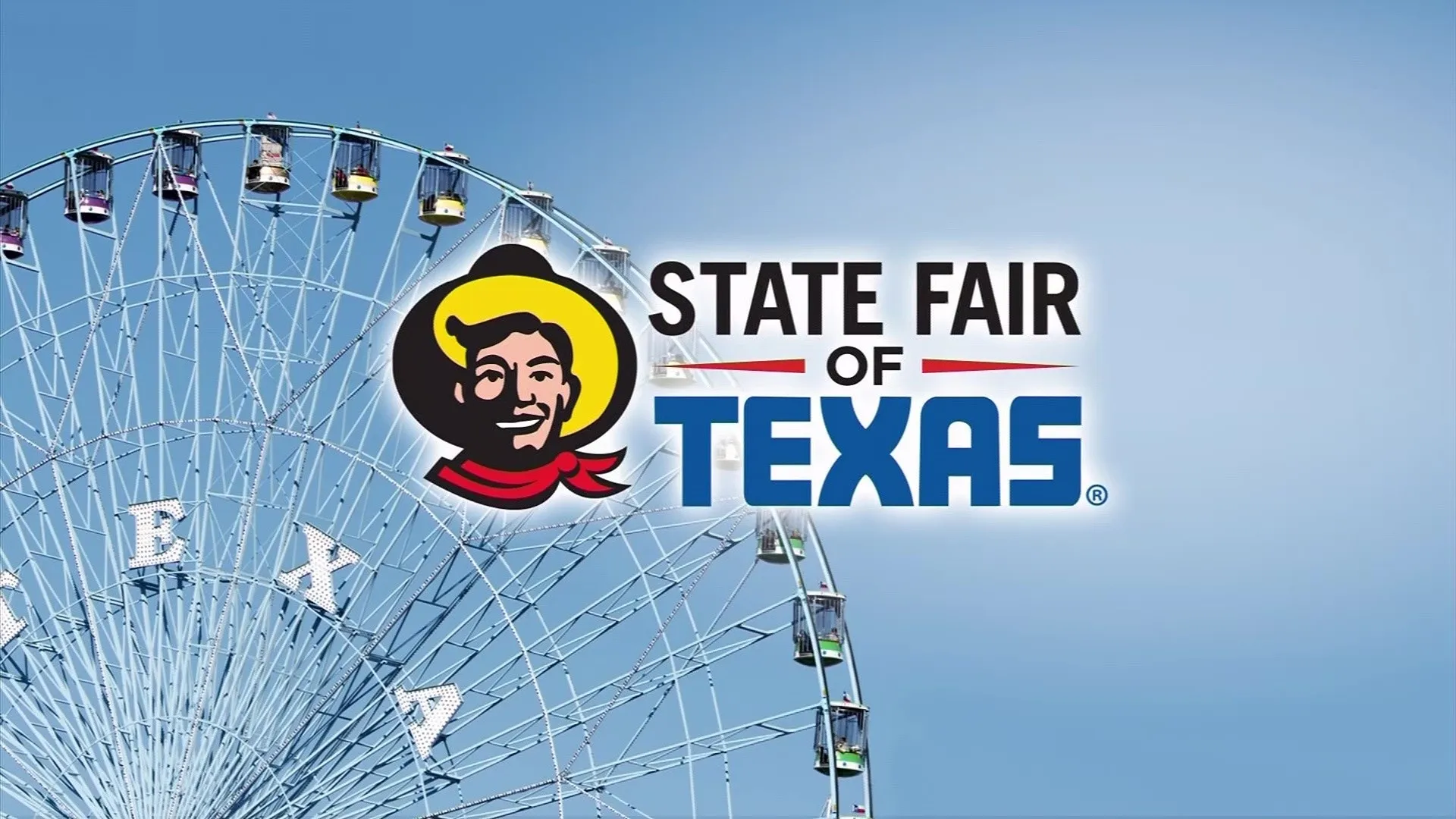The Texas State Fair serves as a crucial economic driver for North Texas, particularly in cities like Dallas. This annual event is not just an exhibition of agricultural products and entertainment; it significantly contributes to the local economy, impacting businesses, tourism, and employment opportunities. As we explore the multifaceted effects of the Texas State Fair, we will see how it bolsters local businesses and fosters economic growth throughout the region.
Economic Impact of the Texas State Fair
The Texas State Fair is one of the largest and most iconic fairs in the United States, attracting millions of visitors each year. This event plays a pivotal role in enhancing the local economy, with reports indicating that the Texas State Fair 2024 is expected to generate substantial economic activity. Beyond its historical significance, the fair fosters a sense of community and celebration, making it a central fixture in the cultural calendar of Texas.
The economic impact of the fair is evident in its ability to draw visitors not only from Texas but also from surrounding states, creating a vibrant atmosphere where commerce can thrive.

Direct Economic Contributions of the Fair
One of the primary benefits of the Texas State Fair is its direct economic contribution to the region. The fair generates significant revenue through ticket sales, vendor fees, and sponsorships. In 2023, the fair reportedly generated around $680 million in economic activity, with a primary economic impact estimated at $422 million. This includes income from food vendors, merchandise sales, and entertainment services that flourish during the event.
Moreover, the influx of visitors results in increased spending across local businesses, including hotels, restaurants, and retail stores. The State Fair of Texas 2024 is anticipated to build upon this momentum, contributing even more to the local economy.

Job Creation and Employment Opportunities
The Texas State Fair creates thousands of job opportunities, from seasonal positions for fair workers to more permanent roles in businesses that benefit from the influx of visitors. During the fair, local employment sees a marked increase, with many businesses hiring additional staff to meet the heightened demand.
Furthermore, the fair indirectly supports jobs in related sectors, including hospitality, transportation, and retail. As businesses expand their workforce to accommodate the surge of visitors, the ripple effect contributes to overall job growth in the region, thereby reducing unemployment rates and bolstering the local economy.

Boosting Local Tourism
Tourism is a vital component of the economic landscape in Texas, and the Texas State Fair plays a key role in attracting tourists. The event serves as a major draw, encouraging visitors to explore the surrounding attractions in North Texas. Hotels and accommodations often experience full bookings during the fair, showcasing the event’s ability to enhance local tourism.
The fair not only attracts visitors for its attractions but also promotes the rich cultural heritage of Texas through food, music, and art exhibits. This cultural infusion not only entertains but also educates visitors, encouraging them to return to Texas in the future.

Support for Local Businesses and Vendors
The Texas State Fair provides invaluable support for local businesses and vendors. By offering a platform for local artisans and food vendors, the fair creates opportunities for small businesses to showcase their products to a broader audience. Many vendors report significant sales increases during the fair, with some even establishing long-term customer relationships that extend beyond the event.
This support is crucial for the sustainability of local businesses, particularly those that may struggle to compete with larger chains. The exposure gained from participating in the fair can lead to increased sales and brand recognition, providing a much-needed boost to the local economy.
Impact on Hospitality and Related Industries
The hospitality industry is among the most significantly impacted sectors during the Texas State Fair. Hotels, restaurants, and transportation services see a surge in demand as fair attendees seek accommodations and dining options. Many hotels report higher occupancy rates during the fair, while restaurants benefit from the increased foot traffic generated by the event.
Moreover, local attractions, such as museums and cultural sites, also see increased visitor numbers as tourists take the opportunity to explore the area while attending the fair. This cross-promotion enriches the overall visitor experience and enhances the economic benefits of the fair.
Community Engagement and Philanthropic Contributions
The Texas State Fair is more than just an economic driver; it also fosters community engagement and philanthropic efforts. The fair frequently partners with local charities and organizations to support various initiatives, including educational programs and health services.
Through donations and fundraising events held during the fair, local organizations can raise awareness and funds for important causes. This sense of community involvement enhances the fair’s appeal and solidifies its position as a key player in the local landscape.
Historical Growth and Economic Trends Over the Years
Historically, the Texas State Fair has shown remarkable growth, both in attendance and economic impact. An analysis of past fairs reveals a consistent upward trend in economic contributions, illustrating the fair’s importance to the North Texas economy.
As the fair evolves, it adapts to changing consumer preferences and technological advancements, which contributes to its sustained relevance. This historical perspective highlights the fair’s role in not only reflecting but also shaping the local economy.
Visitor Demographics and Attendance Patterns
Understanding the demographics of visitors to the Texas State Fair provides insights into its economic impact. Data indicates that the fair attracts a diverse audience, including families, young adults, and tourists from outside Texas.
This diversity contributes to varied spending patterns, with families likely to spend more on attractions and food, while younger attendees may focus on entertainment and merchandise. By catering to this wide audience, the fair maximizes its economic potential and enhances its appeal.
Cultural Significance of the State Fair
The Texas State Fair serves as a celebration of Texas culture, showcasing the state’s agricultural roots, culinary traditions, and artistic expressions. Through various exhibits, performances, and competitions, the fair highlights the rich tapestry of Texas life, fostering pride among locals and intrigue among visitors.
This cultural emphasis not only enhances the fair’s attractiveness but also solidifies its status as an important cultural event, further embedding it within the fabric of Texas society.
Future Economic Prospects and Innovations
Looking ahead, the future of the Texas State Fair appears promising, with plans for innovations aimed at enhancing visitor experiences. Potential developments include improved technology for ticketing and scheduling, as well as expanded offerings in terms of attractions and exhibits.
These innovations are likely to attract even more visitors, contributing to ongoing economic growth and solidifying the fair’s reputation as a cornerstone of North Texas’s economy.
Conclusion: Sustaining Economic Growth Through the State Fair
In conclusion, the Texas State Fair is a vital event that drives local business and fosters economic growth. By generating significant revenue, supporting local jobs, boosting tourism, and promoting community engagement, the fair plays a crucial role in the overall economic health of North Texas. As it continues to evolve and adapt to changing needs, the fair will remain a key player in sustaining economic growth for years to come.





